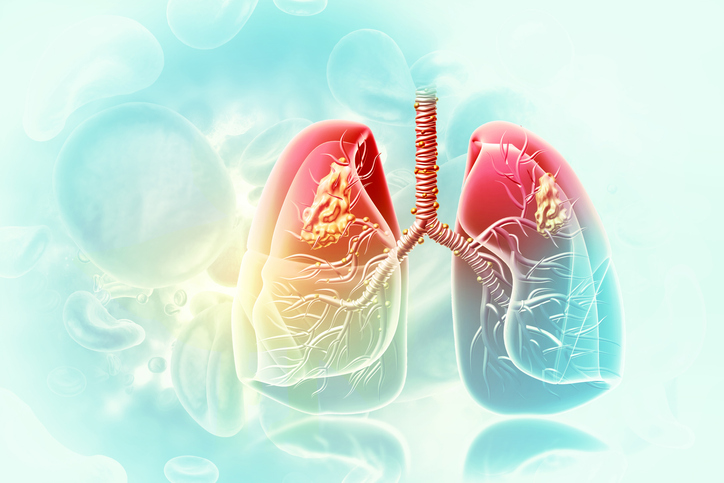High or prolonged doses of any of these behaviors or substances aren’t sustainable or healthy (spend too much time in cold water, and you’re gonna get hypothermia). But in short bursts, the little bit of irritation that these stressors cause is just enough to knock you out of comfortable homeostasis and activate a variety of cellular mechanisms and signaling pathways that promote stress resilience, repair cellular damage (via processes like autophagy), repair DNA, combat oxidative stress, produce new mitochondria, reduce inflammation, support elimination of toxins, improve blood sugar regulation, reduce risk of cancer, and more, explains Rountree.
Similar Posts

This Viral Post Swears Magnesium *Reverses* Depression—and People Are Believing It. But Is It True?
Feeling sad, empty, hopeless, and lethargic are common signs of depression. If you find yourself experiencing…

Insurers are Pulling Back on MA. How Does this Affect Patients?
Faced with higher utilization and changes to risk adjustment, insurers seem to be pulling back on…

Lip-Smacking Winter-Special Vegetarian Recipes
With the arrival of winter, we start craving hot, sweet, and savory seasonal delights. Be it…

With FDA Nod in Lung Cancer, Dizal Now Aims to Best a J&J Drug and Succeed Where Takeda Fell Short
One of the more competitive targets in lung cancer is a certain mutation that has eluded…

Novo Nordisk Swoops In With $6.5B Bid to Top Pfizer’s M&A Deal With Obesity Biotech Metsera
Bidding to buy metabolic medicines biotech Metsera in September came down to two pharmaceutical giants, with…

Women Of All Ages Say This 3-Minute Treatment Makes Their Skin Look So Much Younger
I love that NIRA is designed for all skin tones and types (mature, sensitive, acne-prone, dry,…
